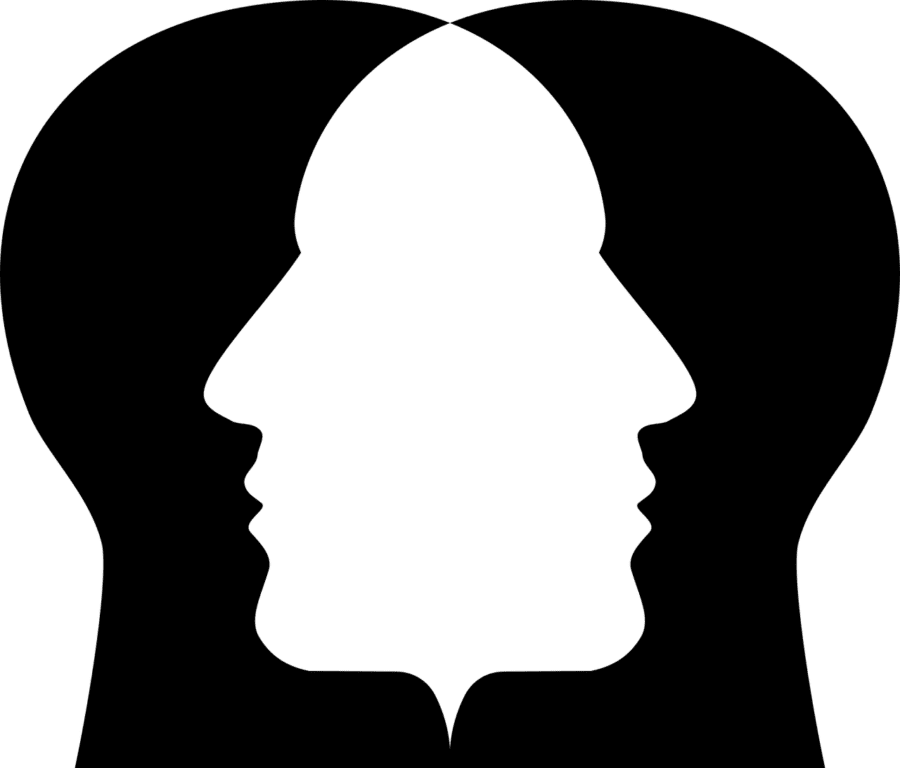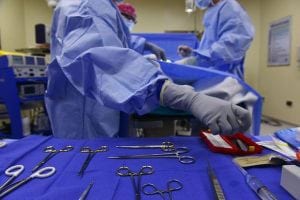July is national Cleft And Craniofacial awareness and prevention Month!
While one of the fruits of summers is time off from school, shortened summer hours, or sunny vacations – it’s important to keep an eye open for recognizing and lifting up those rare disease patient communities when the opportunity arises.
So since July happens to spotlight craniofacial diseases, we should take a few minutes out of our day to learn a little and pass it along.
What to Know About Craniofacial Conditions
Here are five key facts about clefts and craniofacial conditions, their impact and treatments — courtesy of the American Cleft Palate-Craniofacial Association (ACPA).
- Clefts are usually repaired surgically in the first year of life, though many children require additional surgeries and treatments through adolescence to correct challenges to breathing, eating or speech development.
- Individuals born with cleft lip or palate often need specialized dental or orthodontic care throughout their lives as well.
- There is no single factor related to the cause of cleft. Sometimes clefts run in families and in some cases have been linked to environmental factors.
- Despite unique health challenges, those born with cleft and craniofacial conditions lead fulfilling, successful and accomplished lives.
- Coordinated care is the best approach for successful surgical repair. Multidisciplinary teams (approved by the ACPA) are located across the nation and are comprised of qualified professionals from medical, surgical, dental, speech and allied health disciplines.
Now that we have those general ideas, let’s dig into some specific rare craniofacial conditions.
Apert Syndrome
Apert syndrome is a rare genetic disorder that is characterized by an abnormal development of the skull, which is seen in babies with a distorted shape of the head and face. In addition, many children also have other birth defects and mental retardation.
The abnormal skull and facial growth characteristic of Apert syndrome produces the main signs and symptoms of the disease. The main physical symptoms include:
- Long head with a high forehead
- Wide-set, bulging eyes, often with poorly-closing eyelids
- A sunken, middle face
Complications from these physical abnormalities include:
- Poor intellectual development
- Obstructive sleep apnea
- Repeated ear or sinus infections
- Hearing loss
To read more about Apert Syndrome, click here.
Craniosynostosis
Craniosynostosis is a birth defect in which one or more of the fibrous joints between the bones of the baby’s skull close prematurely, before it has been fully formed. However, brain growth still continues, giving the head a misshapen appearance.
There are several types of craniosynostosis:
- Sagittal: Premature fusion of the sagittal suture that runs from the front to the back at the top of the skull forces the head to grow long and narrow. The most common type of craniosynostosis.
- Coronal: Premature fusion of one of the coronal sutures (unicoronal) that run from each ear to the top of the skull may cause the baby’s forehead to flatten on the affected side and bulge on the unaffected side. It also leads to turning of the nose and elevation of the eye socket on the affected side.
- Metopic: The metopic suture runs from the top of the bridge of the nose up through the midline of the forehead to the anterior fontanel or soft spot and the sagittal suture. Premature fusion gives the forehead a triangular appearance and widens the back part of the head.
- Lambdoid: Involves the lambdoid suture, which runs across the skull at the back of the head. It may cause one side of the baby’s head to appear flat, one ear to be higher than the other ear and tilting of the top of the head to one side. The rarest type of craniosynostosis.
To read more about craniosynostosis, click here.
Moebius Syndrome
Moebius syndrome is a rare neurological disorder that is characterized by weakness or paralysis of multiple cranial nerves, most often, the abducens and facial nerves, which are the 6th and 7th nerves, respectively. In addition to these — the 3rd, 4th, 5th, 9th, 10th, and 12th nerves may also be affected, causing skeletal involvement.
Moebius syndrome is a congenital disorder, so it is present at birth. However, the signs and symptoms of it vary greatly, depending on which cranial nerves are affected. If the facial nerves are involved, the patient is unable to smile, frown, pucker his/her lips, raise the eyebrows, or close the eyelids. This is often described as a “mask-like” face.
If the abducens nerves are affected, the eye cannot turn outward past the midline. In addition, other signs and symptoms of Moebius syndrome include underdevelopment of the pectoral muscles and defects of the limbs, drooling excessively from a short, malformed tongue, cleft palate, and delays in certain developmental milestones, such as crawling and walking.
To read more about Moebius Syndrome, click here.
How are you supporting national Cleft And Craniofacial awareness and prevention Month? Share your stories, thoughts, and hopes with the Patient Worthy community!









